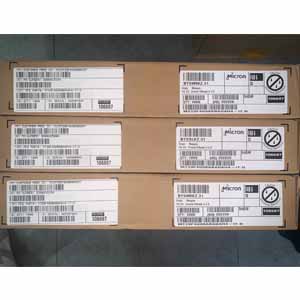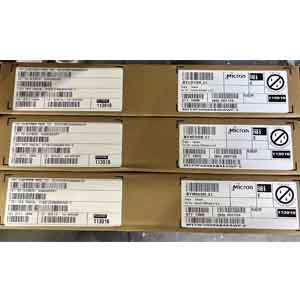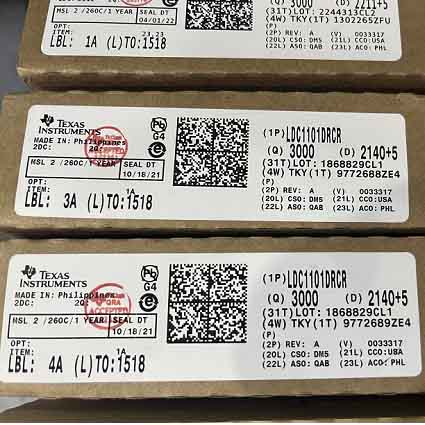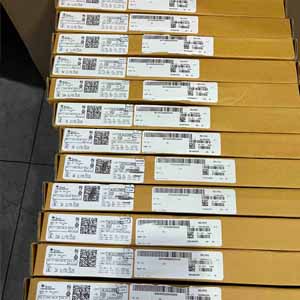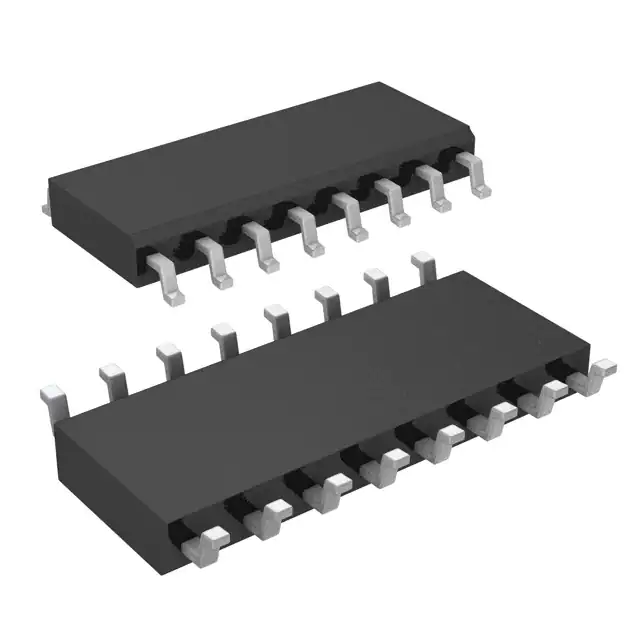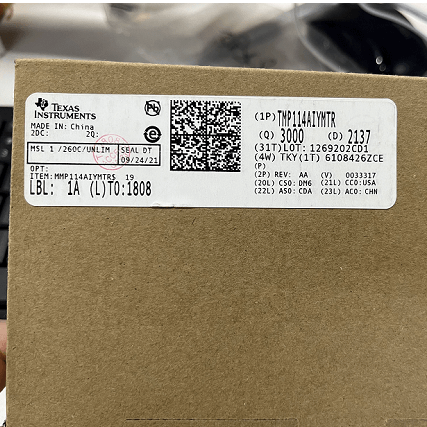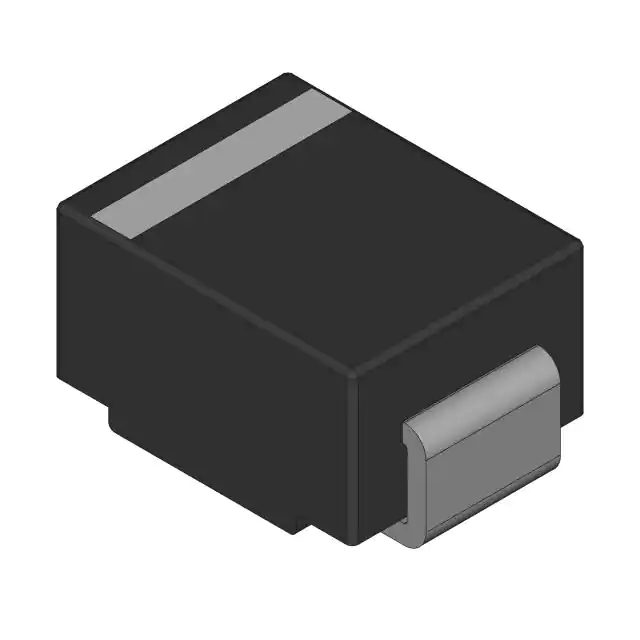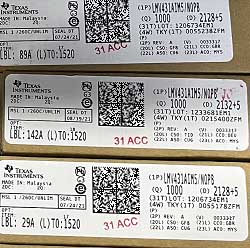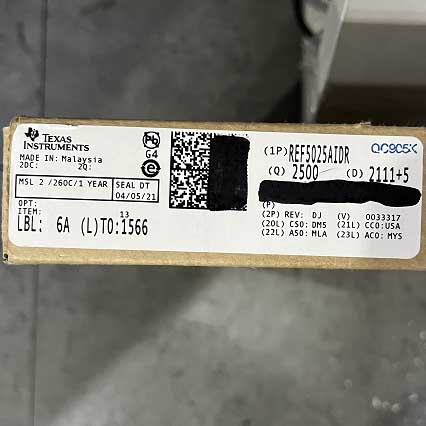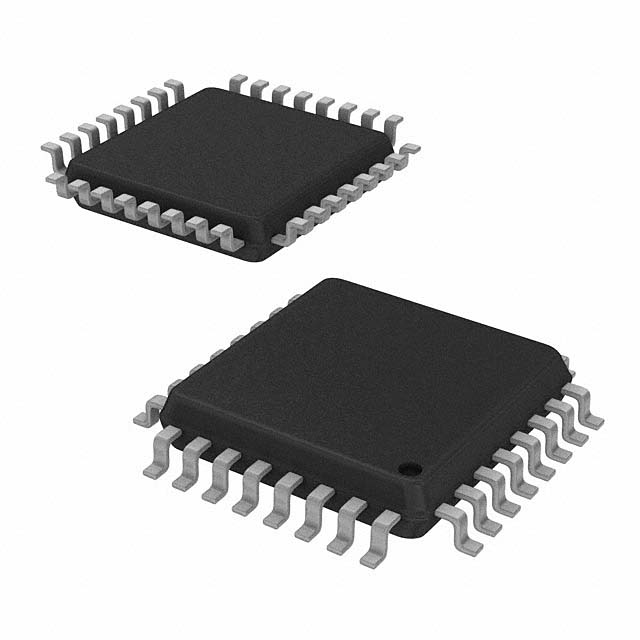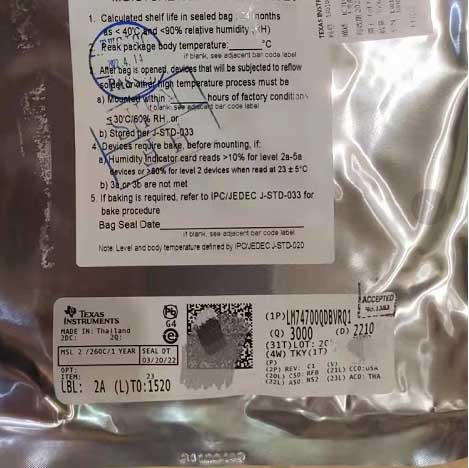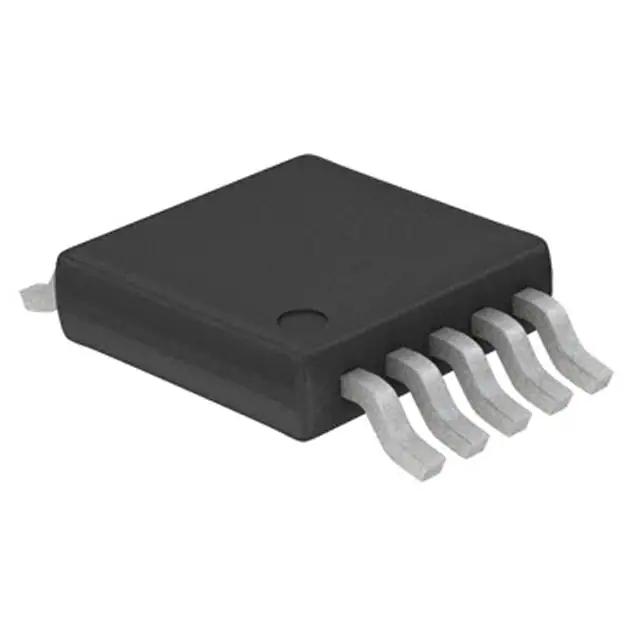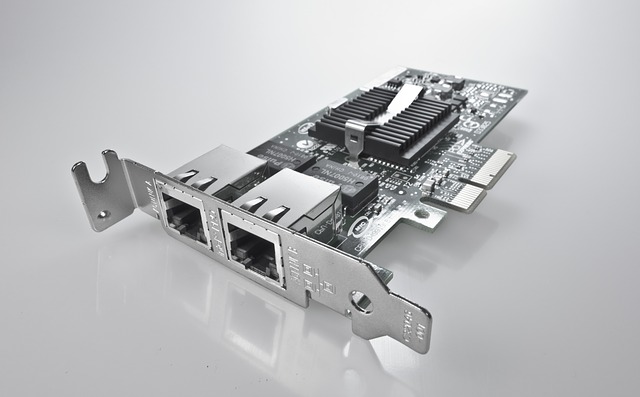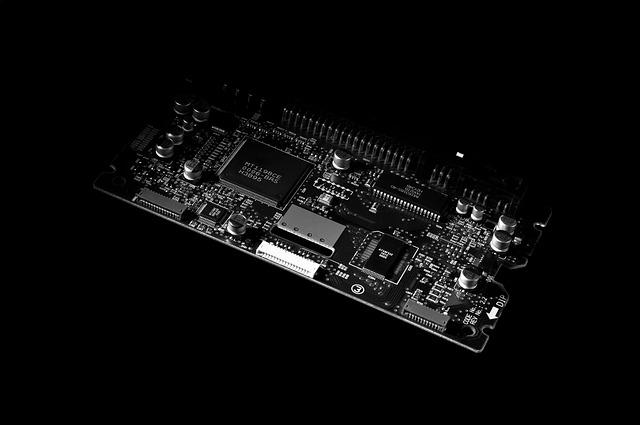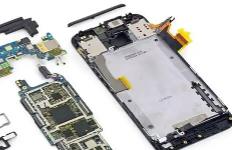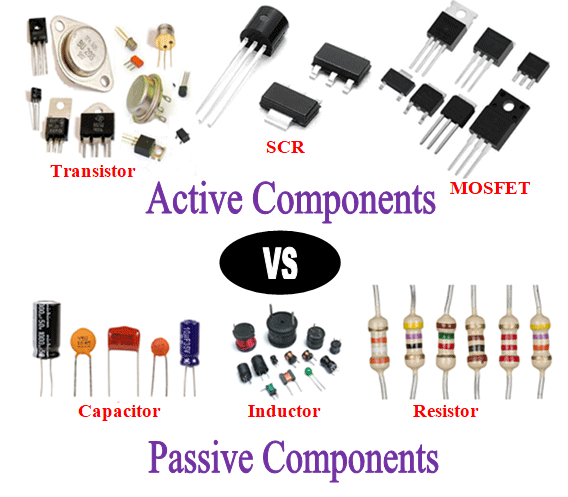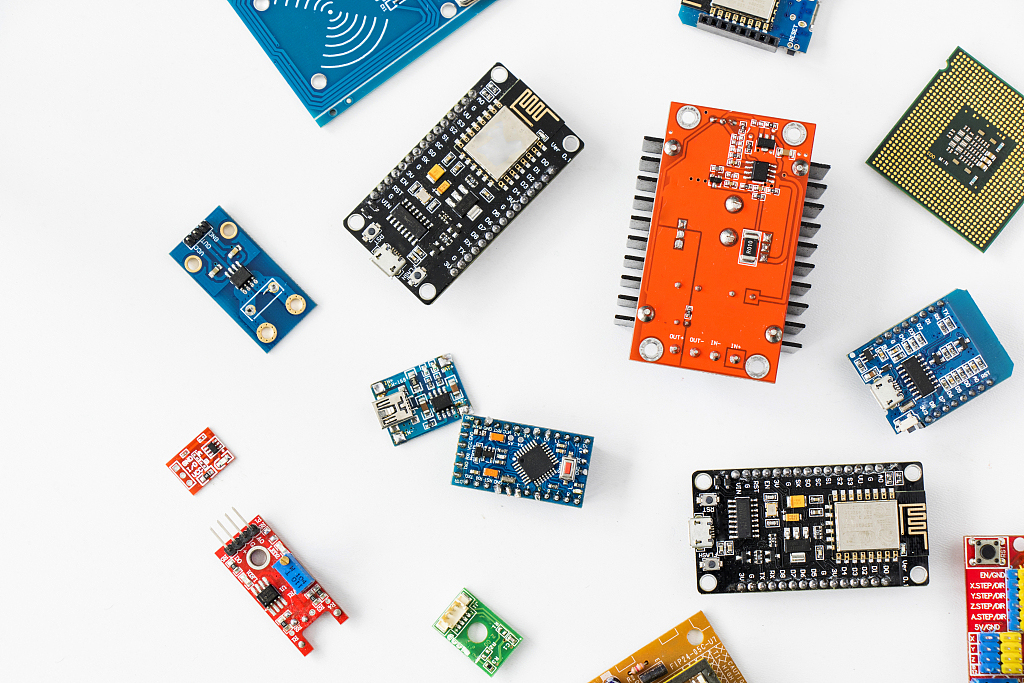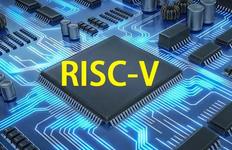The STSPIN32G4 integrates a three-phase gate driver, the STM32G431, and a power management system in a single package that addresses key engineering challenges to enable new applications. While ST continues to offer STSPIN motor drivers, it must also reduce PCB size and cost. Similarly, applications need to be more efficient, but improving them by a few decimal points is still a daunting task. ST engineers therefore introduced the STSPIN32G4 because no other integrated motor controller offers such a powerful mainstream MCU and such a flexible power management system.
The STSPIN32G4 and the first challenge: How to make more power in a smaller design?
More power under one roof
Take the example of an engineer working on a high-end vacuum cleaner with a high-speed motor. In this case, the MCU inside the STSPIN32G4 will stand out for its computational throughput. When designing sensorless applications for field orientation control (FOC), a lower-performance CPU core means lower slew rates. The engineer in the vacuum cleaner example had to use two or three shunt resistors to compensate for the MCU's lower performance. On the other hand, the larger computational throughput means that a single shunt is sufficient. As a result, powerful applications can be created with fewer components using the STSPIN32G4.
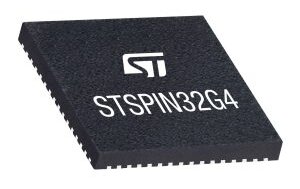
STSPIN32G4
More Peripherals in One Device
Teams working on collaborative robots or guided vehicles will also appreciate the MCU in the STSPIN32G4 for more than just the DMIPS boost. In this case, engineers must drive two sets of wheels, but traditional motor controllers don't have enough analog-to-digital converters to handle such tasks. As a result, the engineer ended up using two motor drivers. The STSPIN32G4 is unique in that it provides two PWM timers, a 12-bit ADC, and more. As a result, only one integrated unit is needed to drive both motors.
65% Space Savings
While it would be impossible to list all the features of the STSPIN32G4, the fact remains that its integrated nature is one of the best solutions to space challenges. Whether it's for convenience, cost, or to better stand out, motor control applications are getting smaller and smaller. Thanks to its integrated features, the STSPIN32G4 helps reduce overall design size by up to 65 percent compared to discrete solutions. In effect, it allows engineers to put the control system behind the motor and design smaller e-bikes, vacuum cleaners or power tools, for example.
The STSPIN32G4 and the second challenge: How to improve energy efficiency while reducing costs?
More efficient power management
According to benchmark tests, the use of the new device reduces overall power consumption by 3 to 5 percent compared to systems using external components. A savings of just one percent already has a significant impact. ST delivers this high level of efficacy with extremely low quiescent regulators that reduce typical standby power consumption to just 15 µA. As a result, we expect engineers to be able to create more compact designs without the need for external cooling systems, thus reducing BoM.
The motor controller also supports supply voltages up to 75 V, compared to the previous 48 V. In addition, the STSPIN32G4 is equipped with an overcurrent protection mechanism and a source-drain voltage (VDS) monitoring system as redundancy. It monitors the external MOSFET and shuts down all gate driver outputs when an overvoltage condition is detected. As a result, we expect engineers to use the STSPIN32G4 in their equipment, and indeed, white goods connected to the grid are often subject to large voltage variations from the mains. The larger supply voltage range and protection features of the new device will better handle these anomalies.
More Flexible Power Management
ST ensures a high level of customization. For example, developers can program registers via the I2C interface to use the STSPIN32G4's VCC buck converter. In addition, ST has published an application note showing how to use a buck regulator in a buck-boost configuration by adding some external components. Finally, engineers can bypass the buck and LDO regulators and rely solely on the external Vcc supply.
As a result, teams designing high-precision power supplies to meet the stringent requirements of their applications can ignore the STSPIN32G4 regulator. In contrast, other companies can simplify their designs by using their VCC buck converters to power some external components, such as memory modules. Similarly, developers can choose to enable or disable standby mode. Such a feature is critical for products such as power tools. When a user picks out a drill months or even years from now, they must use it immediately. In this case, engineers will want to disconnect the system completely from the battery to maximize its utilization.
Engineers also gain more flexibility in how they drive the motor. They can use 6-step drive circuits or magnetic field orientation control with or without sensors and one, two or even three shunts. It allows developers to control the amount of measurement data they collect. As a result, it is also possible to validate the STSPIN32G4 and use it in many different applications, which can help companies shorten their time to market and optimize their operations.
How to get started
ST has introduced two development boards to test and experiment with the STSPIN32G4. The EVSPIN32G4 uses the STL110N10F7 power MOSFET and heatsink to allow output currents of up to 20 A RMS. As a result, the team was able to push the new device to develop a more robust design. However, ST also noted that not every designer would use the STSPIN32G4 in a high-performance system, and therefore also introduced the EVSPIN32G4NH, a similar development board without passive cooling; the NH at the end of the term stands for "no heat sink".
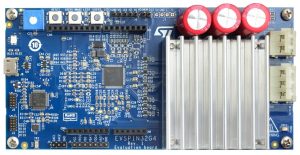
EVSPIN32G4
Recently, the ST team released two reference designs. The EVLSPIN32G4-ACT drives a three-phase brushless motor supporting up to 5 A RMS and manages a 48 V power input to achieve an astonishing 250 W of total power on a board measuring only 62 mm x 50 mm. In addition, it can be connected to STWIN.box (STEVAL-STWINBX1) to quickly create a high-speed data logger. With the FP-IND-DATALOGMC software package and Quick Start Guide, engineers can connect the two boards step-by-step and run applications that collect data from the sensors on the STWIN.box and the motor itself.
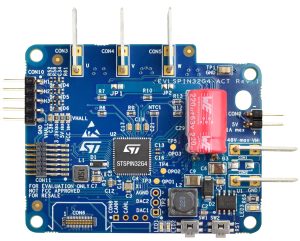
EVLSPIN32G4-ACT
The other board is the EVSPIN32G4-DUAL, which combines the STSPIN32G4 and the STDRIVE101 (triple half-bridge gate driver). Thus, thanks to the two power stages, the board can drive two three-phase brushless motors with an output current of up to 10 A RMS and a supply voltage of 74 V. Thanks to the operational amplifiers of the STSPIN32G4, it is possible to realize a sensorless system with a single shunt current sensing function, or to use Hall sensors and encoders with an embedded MCU. In short, this reference design shows how to create powerful dual-motor applications for home appliances, electric vehicles, pumps, tools, and more in a very small footprint.
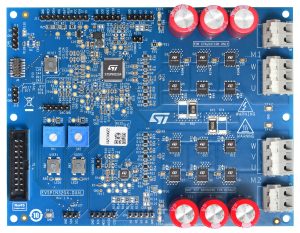
The EVSPIN32G4-DUAL
For more information, please visit perceptive-ic.com.

